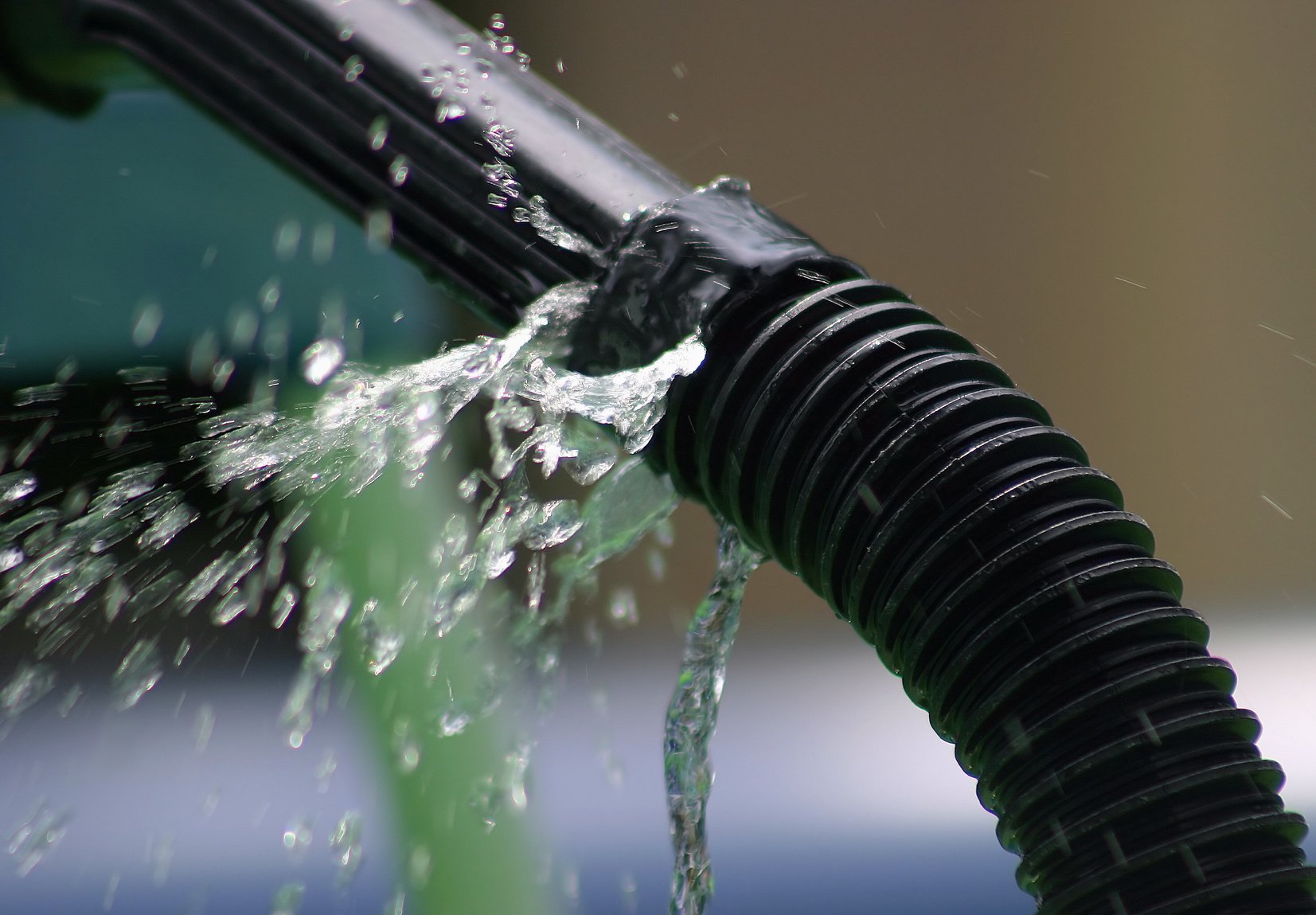Spotting and Fixing the Six Most Common Water Leaks in Your Home
Spotting and Fixing the Six Most Common Water Leaks in Your Home
Blog Article
Just how do you feel about Common Water Leaks In House?

Leakages not just cause waste of water but can additionally create unnecessary damage to your residence and also promote undesirable organic development. By comprehending and looking for everyday circumstances that cause leaks, you can secure your residence from future leaks and also unnecessary damages.
Intruding roots
The majority of water leaks begin outside your home as opposed to inside it. If you see a sudden decrease in water stress, state in your tap, take some time to go out as well as analyze your lawn. You could discover damp patches or sinkholes in your backyard, and that might mean that tree origins are invading water lines triggering water to seep out. You can have your plumber look for invasion, especially if you have trees or bushes near your home.
Rusty water systems
As time goes by, your plumbing system ages and also deterioration such as rust may begin eating away the pipes. This could be the cause of staining or bending on your water pipes. This requires an inspection with your plumber promptly. If our plumbing system is old, consider changing the pipes because they are at a greater threat of deterioration than the newer designs.
Faulty Pipe Joints
The factor at which your pipelines connect is frequently the weakest link in the waterline. Pipeline joints can degrade with time, resulting in water leakages. However, the majority of pipe joints are not easily noticeable. If you have loud pipes that make ticking or banging sounds, especially when the warm water is turned on, your pipeline joints are most likely under a lot of pressure. It is suggested to have your plumber examine your system annually.
Instant temperature level adjustments.
Extreme temperature level modifications in our pipelines can create them to increase as well as acquire all of a sudden. This growth and tightening may create fractures in the pipelines, specifically if the temperature level are below freezing. If you kept an eye on how your plumbing works, it would be best. The existence of the previously mentioned situations frequently shows a high danger.
Poor Water Connectors
At times, a leakage can be caused by loosened tubes as well as pipes that provide your appliances. In situation of a water links leak, you might see water running straight from the supply line or pools around your appliances.
Blocked Drains
Obstructed drains may be irritating as well as inconveniencing, yet they can occasionally end up triggering an overflow bring about burst pipes. Maintain getting rid of any type of products that might go down your drains that might obstruct them to avoid such hassles.
All the above are reasons for leaks but not all water leakages result from plumbing leakages; some leaks may come from roofing system leakages. All leakages need to be repaired right away to prevent water damage.
Leakages not only cause waste of water however can likewise cause unnecessary damage to your residence as well as promote undesirable natural development. By looking and understanding for daily circumstances that trigger leakages, you can secure your home from future leaks and unnecessary damage. Today, we will look at six leak causes that might be creating your pipelines to trickle.
At times, a leakage can be created by loosened pipes and also pipelines that provide your devices. In instance of a water links leakage, you may discover water running directly from the supply line or pools around your appliances.
How To Check For Water Leak In Your Home
How To Check for Leaks
The average household's leaks can account for nearly 10,000 gallons of water wasted every year and ten percent of homes have leaks that waste 90 gallons or more per day. Common types of leaks found in the home are worn toilet flappers, dripping faucets, and other leaking valves. These types of leaks are often easy to fix, requiring only a few tools and hardware that can pay for themselves in water savings. Fixing easily corrected household water leaks can save homeowners about 10 percent on their water bills.
To check for leaks in your home, you first need to determine whether you're wasting water and then identify the source of the leak. Here are some tips for finding leaks:
Take a look at your water usage during a colder month, such as January or February. If a family of four exceeds 12,000 gallons per month, there are serious leaks.
Check your water meter before and after a two-hour period when no water is being used. If the meter changes at all, you probably have a leak.
Identify toilet leaks by placing a drop of food coloring in the toilet tank. If any color shows up in the bowl after 10 minutes, you have a leak. (Be sure to flush immediately after the experiment to avoid staining the tank.)
Examine faucet gaskets and pipe fittings for any water on the outside of the pipe to check for surface leaks.
Undetected water leaks can happen without the home or business owner even realizing. If you suspect a water leak, but not able to find the source. It is time to contact a professional water leak detection service, The Leak Doctor.
How To Find a Water Leak In Your Home
https://www.leakdoctor.com/blog/How-To-Check-For-Water-Leak-In-Your-Home_AE197.html

As a fervent person who reads about How Fast Water Damage Can Ruin Your Home, I imagined sharing that excerpt was worth the trouble. Those who enjoyed reading our post if you please make sure you remember to share it. I am grateful for your time. Don't forget to come visit our website back soon.
Booking Report this page